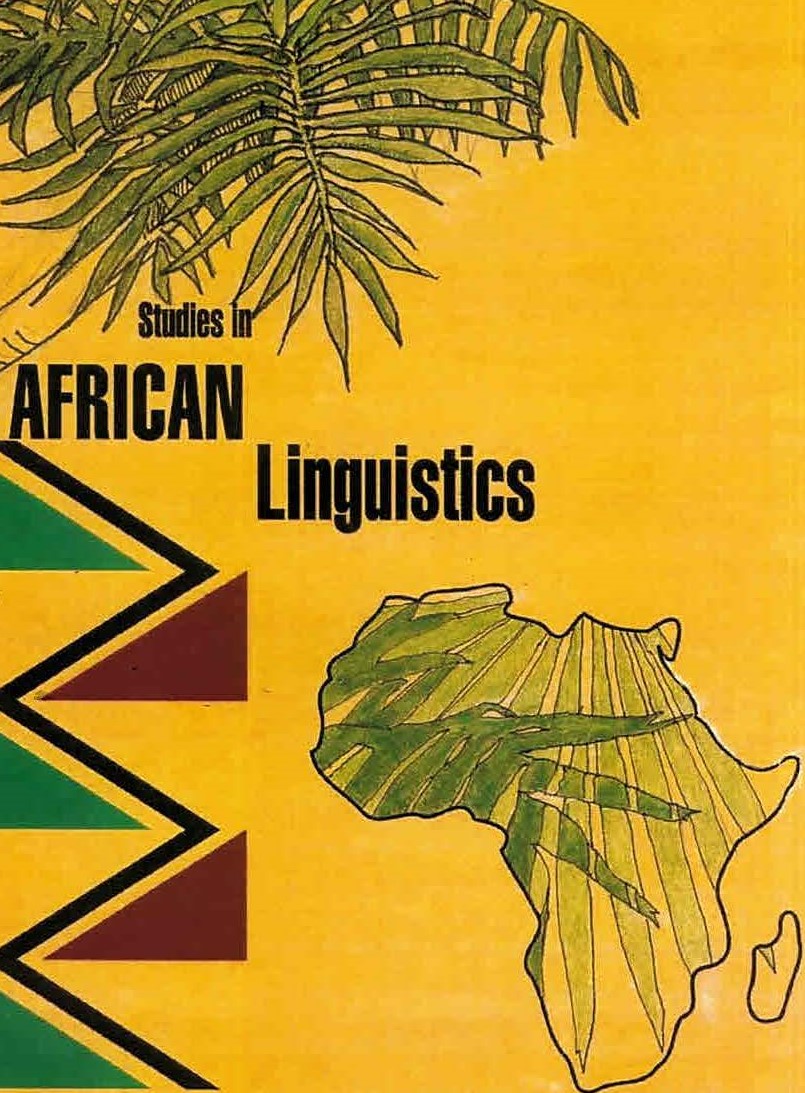"Issues and maize bread taste good when they're cool"
Temperature terms and their metaphorical extensions in Kambaata (Cushitic)
DOI:
https://doi.org/10.32473/sal.v48i2.118041Palabras clave:
lexical semantics, temperature, metaphor, Cushitic, KambaataResumen
This paper is an analysis of the basic and extended meanings of temperature lexemes and the grammar of temperature expressions in Kambaata in comparison to related Highland East Cushitic languages of Ethiopia. Globally, Kambaata has a system of two opposing temperature values, ‘cold’ vs. ‘warm/hot’. The lexeme iib- ‘be(come) warm/hot’ contrasts with caal- ‘be(come) tactile cold’ in the tactile frame of temperature evaluation, while it contrasts with gid- ‘be(come) non-tactile cold’ in the domain of ambient (weather) and personal-feeling (inner) temperature. In addition to these central lexemes, Kambaata has a number of terms that are semantically more restricted, are less frequent and/or have an unequivocal positive or negative connotation, including, e.g., sigg- ‘be(come) comfortably cold or warm, cool’ and buss- ‘burn (tr.); be dangerously, excessively hot’. Irrespective of the temperature value, the expression of personal-feeling temperature is constructionally different from that of ambient temperature and tactile temperature; for the former a transitive, for the latter an intransitive construction is used. As for the extended uses of temperature terms, Kambaata maps warmth/heat onto freshness, busyness, and anger, and links burning heat to anger, spiciness and raging thirst. Unlike many other languages in the world, Kambaata does not relate warmth/heat to affection. Furthermore, Kambaata conceptualizes inactivity, ineptness and fear as tactile cold but the absence of emotional and physical pain as non-tactile cold. Coolness is linked metaphorically to calmness and absence of thirst. In the Highland East Cushitic branch of languages, ‘warm/hot’ is the most stable term, whereas six seemingly non-cognate roots are used for ‘tactile cold’ and/or ‘non-tactile cold'.


